In the US, over 7 million people suffer from carbon monoxide poisoning yearly. Carbon monoxide CO is an odorless, colorless gas released by burning wood, natural gas, coal, fuel combustion, and other industrial processes.
It’s also non-irritating and can’t cause any discomfort until it starts to poison the body severely. Even then, carbon monoxide CO poisoning symptoms are often mistaken for the flu or other illnesses.
Why is carbon monoxide bad for the environment? Since it’s effectively undetectable without a carbon monoxide CO detector or other means of warning, people have little to no knowledge of when they are in danger. Carbon monoxide CO is also causing global warming and climate change.
What is carbon monoxide?
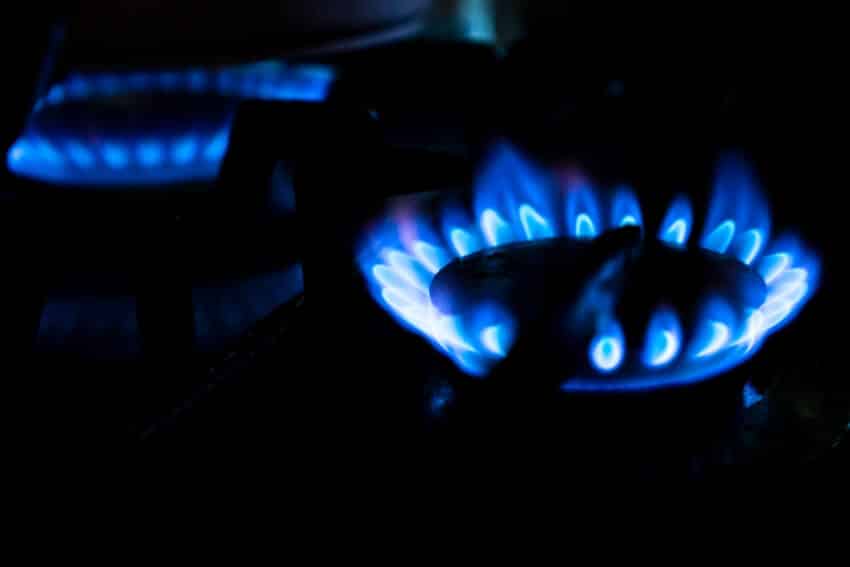
Carbon monoxide is a chemical compound formed when carbon and oxygen bond together. A tasteless gas with no color or smell. Carbon monoxide can be produced when burning carbon-based fuels such as natural gas, coal, oil, and wood. Carbon monoxide is also released in vehicle exhaust and industrial processes fumes and smoke from fires.
See Related: Most Eco-Friendly Cars for Any Lifestyle
Some of the most serious carbon monoxide poisoning symptoms include:

Chest pain, discomfort, or tightness, Dizziness, Headache Weakness/Tiredness, Nausea, Vomiting, Fatigue, Impaired judgment, Confusion, Lack of coordination, loss of balance, Flushing Seizures, Coma, Death If left untreated, the severe effects of carbon monoxide poisoning can lead to death.
See Related: Best Products to Help Climate Change
How to prevent carbon monoxide poisoning?
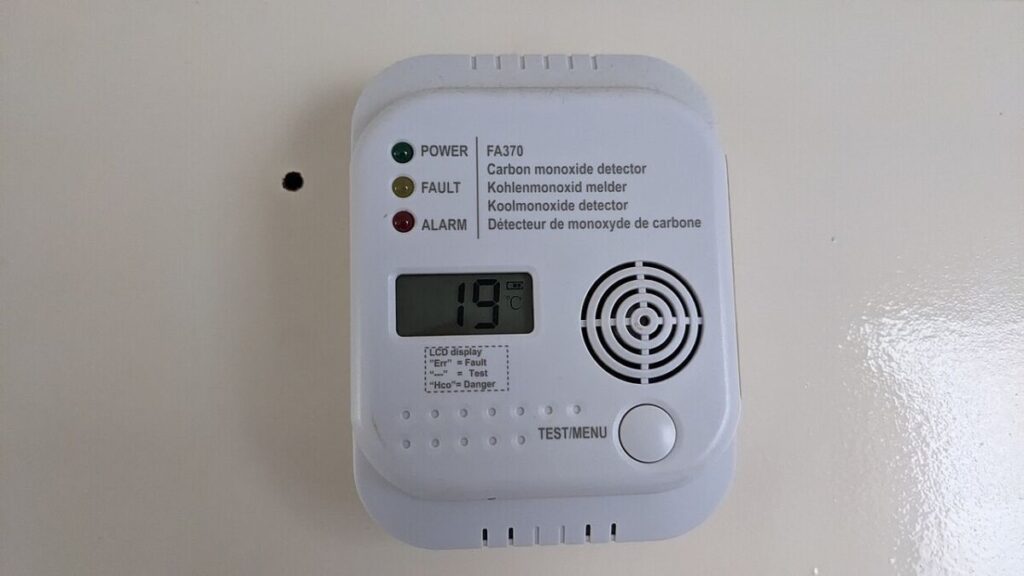
Carbon monoxide poisoning can be prevented by avoiding using carbon-containing fuels such as wood and coal without proper ventilation. Leave doors open when using fuel-burning appliances, and never sleep near an operating device.
Install carbon monoxide detectors in your home and check them monthly to ensure they work. Change the batteries at least once a year or if the alarm chirps to indicate low power.
It is also important to monitor car exhaust as you can’t always rely on the behavior of other drivers. If you suspect that someone has carbon monoxide poisoning, remove them from any enclosed space where they might be exposed.
See Related: Best Solar Lamp Posts
First aid for carbon monoxide poisoning

When someone is suspected to have carbon monoxide poisoning, first aid measures include moving the patient to fresh outdoor air away from the carbon monoxide source. Medical treatment should be sought immediately.
See Related: Are Bath and Body Works Candles Toxic?
Health effects of carbon monoxide

If a person is exposed to carbon monoxide, their body will absorb it after inhalation. The carbon monoxide will then reach the bloodstream and bind to hemoglobin, the substance responsible for carrying oxygen throughout the body.
Once absorbed into the blood, the effects of carbon monoxide can prevent oxygen from reaching cells of vital organs such as the heart and brain.
This gas may also cause blood vessels to constrict, which leads to chest pain, shortness of breath, and possibly heart attack or stroke. Exposure can damage the eyes by reducing oxygen flow to the optic nerve. This could lead to blindness in some cases. The effects of carbon monoxide are also known to cause seizures and other neurological effects.
See Related: Best Clothing Companies That Plant Trees
Effects of carbon monoxide on animals

Carbon monoxide poisoning doesn’t only affect humans. Pets are also at risk because of closer proximity to the ground. The effects of carbon monoxide poisoning on pets may include Coughing, Dizziness, Unconsciousness, Loss of balance, and Seizures.
See Related: Most Eco-Friendly Area Rugs
Effects of carbon monoxide on plants

Carbon monoxide is toxic to plants. It could kill them if the concentration of carbon monoxide is too high for too long. The effects can include Weakness, Stunted growth, Bleaching, and Death.
See Related: Best Compostable Trash Bags
The rise of carbon monoxide cases
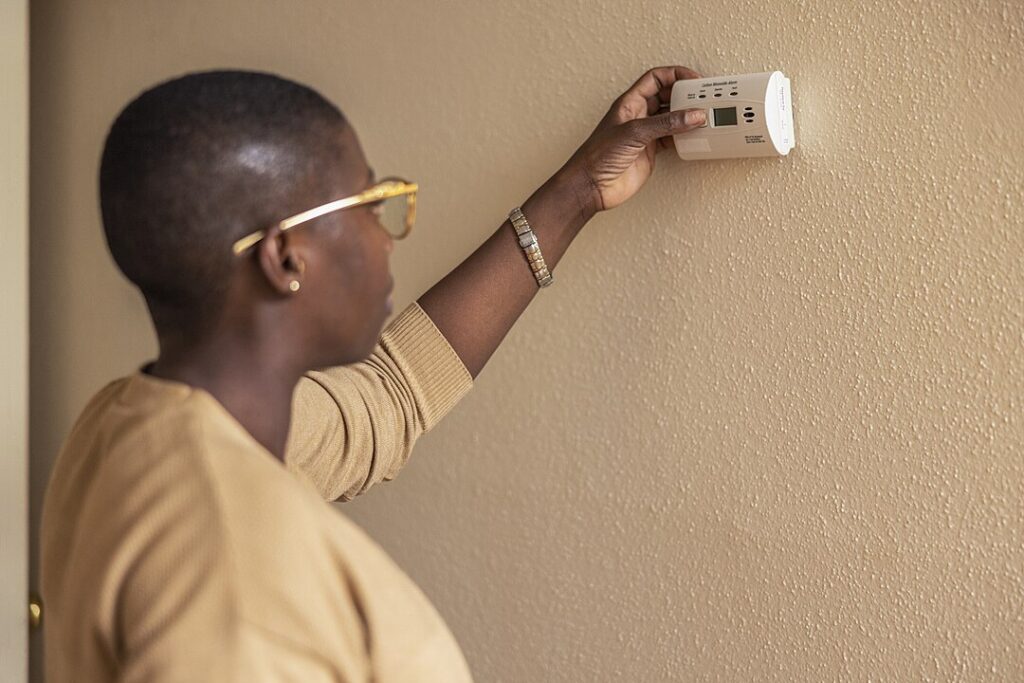
With the increase in natural gas heating systems, greenhouse gases are increasing, too, and homes are exposed to more dangers of carbon monoxide poisoning than ever before. Homes with poor ventilation can be exposed to high carbon monoxide fumes without realizing it until it’s too late.
One form that this issue is currently taking is the placement of indoor grills and smokers in or near homes. Some people believe these devices can be used indoors without any dangers, but this is untrue.
Since the appliances only use air for combustion and don’t contain a method to ventilate fumes properly, they cause indoor air quality concerns and should always be placed outdoors.
Because of these reasons, carbon monoxide is bad for the environment’s air quality and contributes to climate change. It’s an invisible killer that can’t be detected without special equipment.
Even then, there are still no symptoms until it causes severe health issues or death. Preventive measures like installing carbon monoxide detectors should always be taken to prevent this harmful gas from harming people and the environment.
See Related: Best Biodegradable Glitters for Candles
Why is Carbon Monoxide Bad for the Environment?

Carbon monoxide (CO) is both naturally occurring and man-made. Man-made or anthropogenic CO originates from extremely small combustion particles produced when fossil fuels are burned for transportation, heating, and electrical power generation.
Carbon monoxide’s environmental effects include acid rain, contributing to climate change, air pollution, damage to plants, decreased visibility in the air, human disease, and harm to animals.
Carbon monoxide is a highly toxic gas that can contaminate the air and harm animals, humans, and plants. Carbon monoxide is dangerous to the environment because it has an odorless, colorless nature and can spread rapidly in the atmosphere. This gas might cause nausea and other flu-like symptoms at lower levels.
Cattle are highly susceptible to carbon monoxide poisoning since their blood transports oxygen using the complex hemoglobin. They absorb carbon monoxide at a greater rate than humans, and if they inhale too much of it, it can lead to significant health issues or death.
Carbon monoxide harms the environment because it’s one of the most harmful greenhouse gases responsible for climate change and air quality pollution. One of the biggest contributors to carbon monoxide is vehicles and burning fossil fuels such as gasoline and diesel.
See Related: Energy Conservation Techniques
Is carbon monoxide a problem indoors?

Carbon monoxide levels in the home are typically higher than those outside due to frequent use of gas heat, faulty ventilation, or equipment failure.
Carbon monoxide is frequently produced by burning wood or fossil fuels, fireplaces, cigarettes, and automobile exhaust. Carbon monoxide levels in one household can be greater than those in the outdoor concentration.
See Related: Best Compostable Plates
Who is at risk of exposure to carbon monoxide?
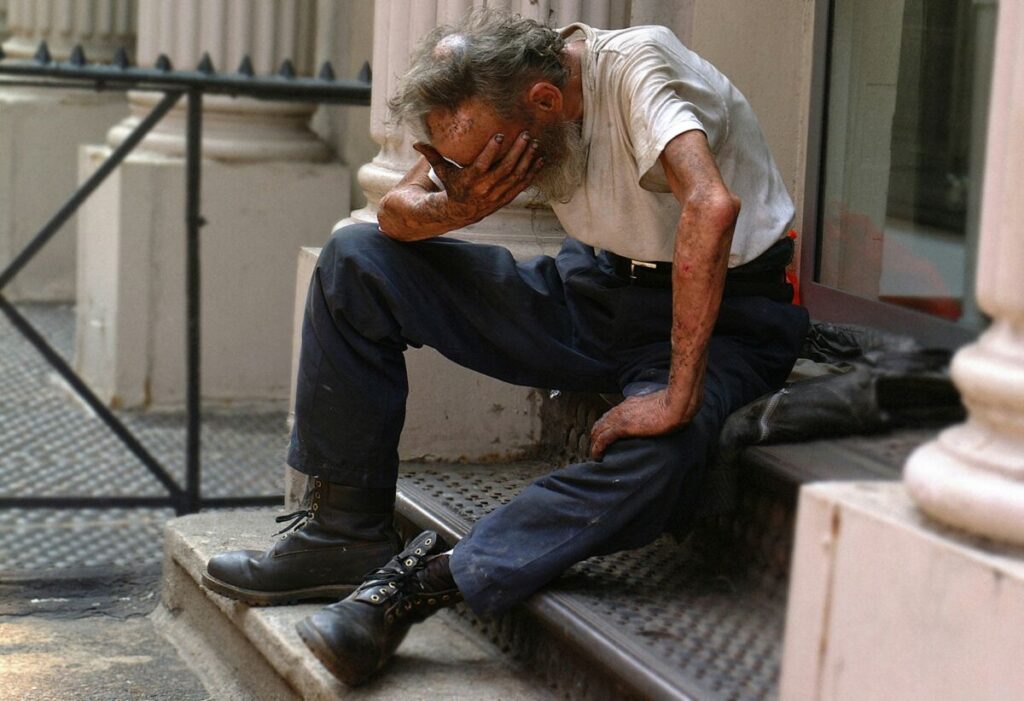
The greatest danger of Carbon monoxide exposure is to unborn babies, newborns, and older persons with heart disease or respiratory illness. Pregnant women, infants, and individuals with lung disease are also especially vulnerable to Carbon monoxide exposure.
The unborn child receives less oxygen than it should because blood is redirected from the placenta to the mother. This problem can be exacerbated if the mother smokes cigarettes while pregnant or has high levels of Carbon monoxide in her home. This results in very bad air quality at home.
See Related: Is Parchment Paper Compostable?
Where do carbon monoxide emissions come from?

Carbon monoxide emissions come from industrial processes like the burning of fossil fuels for electricity generation, heating, and transportation.
Natural gas, wood, coal, oil, kerosene produce carbon monoxide emissions when burned. Gasoline-powered engines (cars and small trucks) exhaust release carbon monoxide emissions into the air.
Other sources are all types of combustion engines, such as mowers, power washers, snowblowers, chainsaws, gas stoves, trimmers, and generators. Their smoke releases carbon monoxide emissions. Tobacco smoke also releases carbon monoxide emissions.
See Related: Environmental Consequences of Fracking
What is a carbon monoxide molecule?
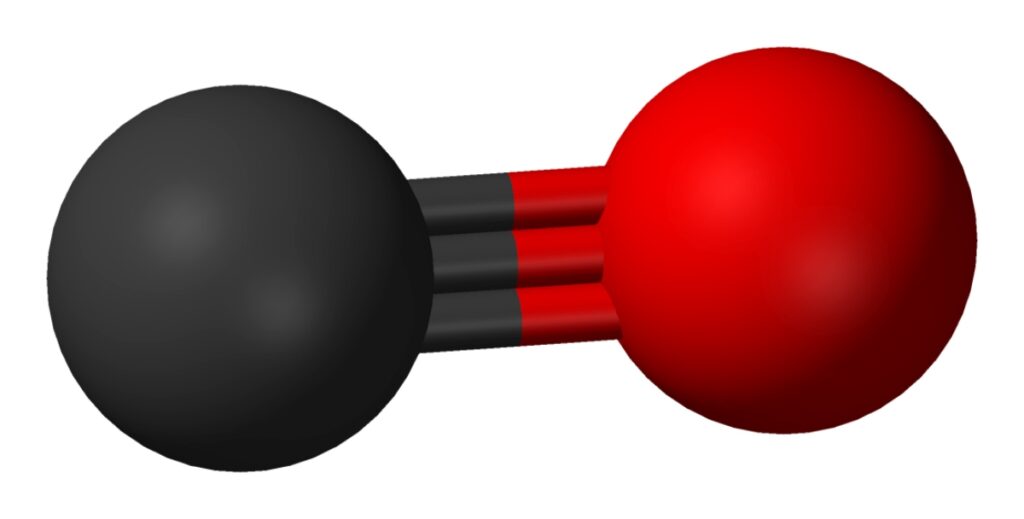
A carbon monoxide molecule (CO) is a group of atoms comprising one carbon and one oxygen atom. Carbon monoxide is a gas produced by the incomplete combustion of carbon compounds such as gasoline, oil, natural gas, propane, or wood.
See Related: Best States for Sustainable Living
What is the difference between carbon monoxide and carbon dioxide?

Carbon dioxide has two oxygen atoms, not just one like carbon monoxide. Carbon monoxide is a gas that can kill you if you breathe in too much. The main difference is that carbon monoxide (CO) is a colorless, odorless, tasteless gas that can be fatal to humans if it accumulates in an enclosed space.
Carbon dioxide (CO) is a colorless gas that, when present in high concentrations, can cause climbers to experience fatigue and shortness of breath because carbon dioxide reduces the amount of oxygen in the bloodstream.
It may also contribute to altitude sickness by increasing the rate at which the blood absorbs oxygen, increasing the risk of hypoxia.
See Related: Best Sustainable Gifts
What can we do to improve air quality?

- Replace gas furnaces and water heaters with those that contain sealed combustion chambers.
- Use energy-efficient appliances and clean dryer vents regularly to reduce the back-drafting of combustible gasses into the home.
- Install a chimney/vent system for proper venting of fireplaces.
- Ensure heating and cooking equipment are well maintained.
- Use only well-ventilated outdoor generators, mowers, trimmers, etc.
- Properly maintain fuel-burning equipment, including furnaces and appliances.
- The decrease in the emission of carbon monoxide does mean fewer emissions of greenhouse gases in general. Since no existing technology emits pure oxygen as a combustion product, the combustion of any fossil fuel will result in CO emissions.
- If you have a home heating system that uses natural gas or propane, it’s probably time to replace your old furnace with a newer model. Newer furnaces are less likely to emit dangerous levels of carbon monoxide into the air inside your home.
See Related: Electric Scooters Pros and Cons You Need To Know
Conclusion
Carbon monoxide is bad for the environment because it can combine with other chemicals in the atmosphere to form nitrogen oxides. The nitrates react with sunlight to produce ground-level ozone or smog. Ground-level ozone can cause problems for people who have respiratory ailments, such as asthma patients.
The high-energy light waves that make up ultraviolet radiation are absorbed by smog particles and transformed into heat, creating a hazy air pollution layer called an “ozone layer.”
This hazy layer traps heat at the Earth’s surface making it difficult to breathe harmful air pollutants. People call this effect “the greenhouse effect.”
Carbon monoxide doesn’t just affect our environment but also affects people, animals, and plants, causing different kinds of health problems and even death. We can prevent carbon monoxide from reaching the environment and causing major societal problems.
Related Resources
